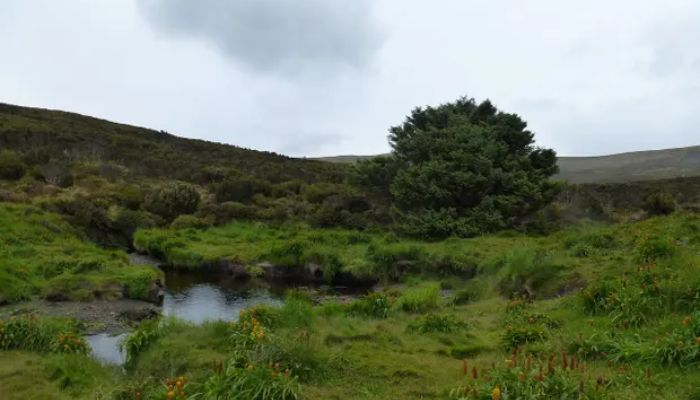World's loneliest tree is ready to help scientists understand climate
Since it is not possible to collect air from 30 years ago, researchers plan to use tree rings
September 10, 2022

The remotest tree in the world that holds the Guinness World Record title for being the loneliest could unveil some secrets about climate change, scientists believe.
The Guardian reported that the Sitka spruce that is 700 kilometres south of New Zealand in the Southern Ocean is uninhabited usually but is now accompanied by a team of researchers.
Before the Campbell Island spruce, the Tree of Ténéré in Niger was known to be the most isolated tree on Earth. Unfortunately, a driver killed it in 1973.
This spruce is believed to have been planted by New Zealand's governor in the early 1900s by Lord Ranfurly.
While it is considered the loneliest tree, Guinness World Records points out that we do not exactly know what a tree is as there is "no universally recognised" definition.
Although some scientists would like to see it go as it is classified as an invasive species, Dr Jocelyn Turnbull from GNS Science thinks it could be a valuable source to help scientists understand the situation of carbon dioxide in the Southern Ocean.
Turnbull said that only half of the CO2 we produce goes to the atmosphere while the other half goes to land and the ocean.
“It turns out the Southern Ocean — one of those carbon sinks — has taken up about 10% of all of the emissions that we have produced over the last 150 years," noted Turnbull.
The teams, now hoping the mighty tree could help them, are wondering what would happen if these oceans or carbon sinks "fill up". They are also wondering if the sinks can actually help reduce global warming instead of accelerating it.
Turnbull wants to understand why the CO2 uptake is increasing in the Southern Ocean.
How will the old tree help scientists?
Since it is not possible to collect air from 30 years ago to compare it with CO2 concentrations in the atmosphere right now, researchers plan to use tree rings.
Turnbull explained that plants trap carbon from the air when they grow structures after taking up carbon dioxide for photosynthesis.
Therefore, trees are helpful when researchers want to understand the past but they are rare in the Southern Ocean. However, the Sitka spruce seems to be right there waiting to provide data.
With a hand drill, a 5mm core sample was pulled out of the tree in 2016 but the results are not known yet.











